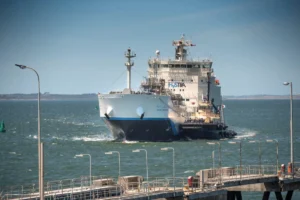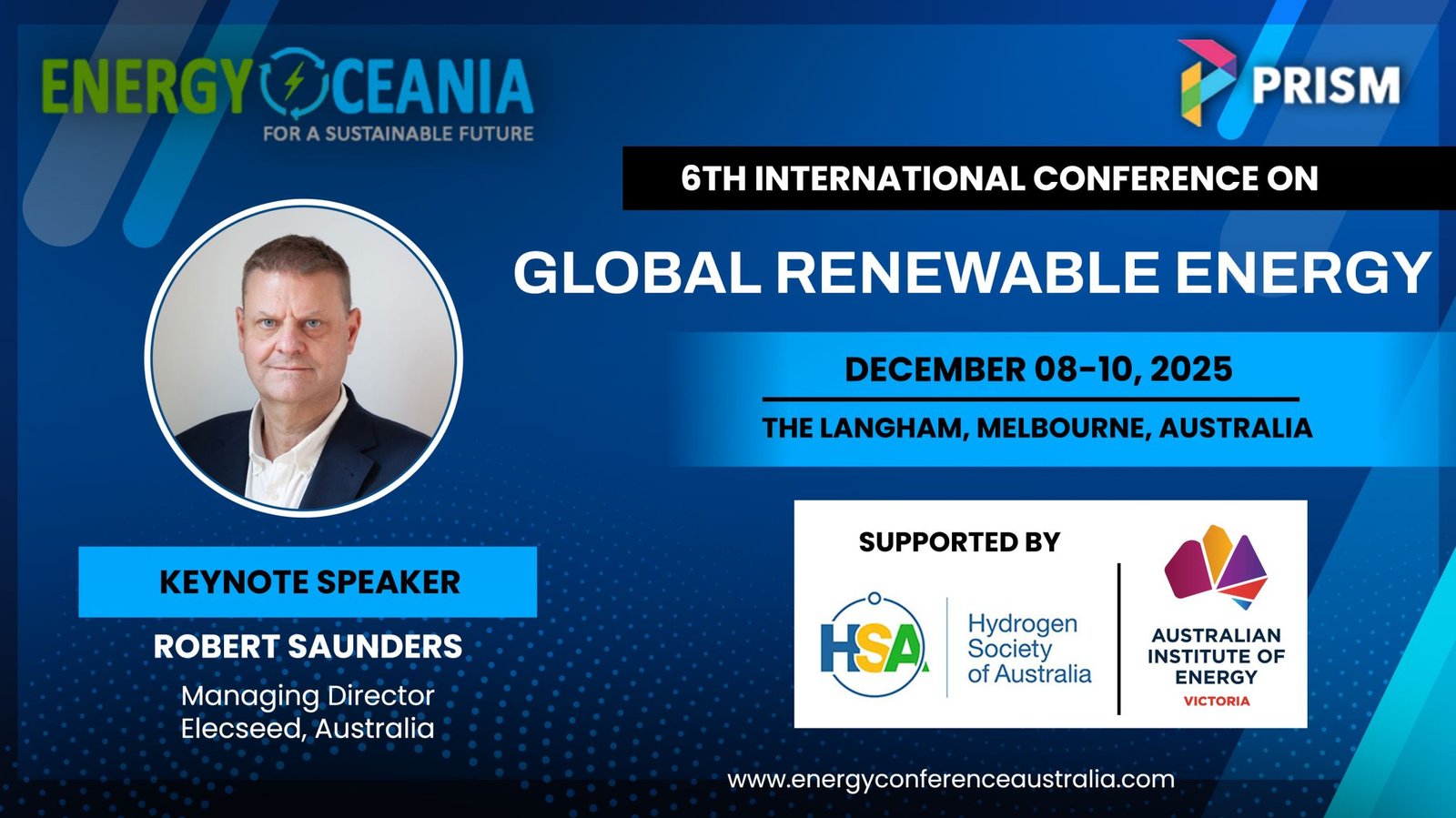A Clear Mandate for Climate Leadership to reach net zero emissions by 2050.
Following a decisive electoral win, the Australian Labor Party is poised to accelerate the nation’s climate action agenda, reinforcing its commitment to cutting fossil fuel reliance and achieving net zero emissions by 2050. The victory solidifies public support for stronger environmental regulation, cleaner industry pathways, and a just transition for workers and regions tied to legacy energy sectors.
With climate and cost-of-living concerns dominating voter priorities, Labor’s win is widely seen as a mandate to ramp up investment in renewable energy and decarbonisation.
Prime Minister Anthony Albanese emphasized, “The new target reflects my government’s resolve to urgently step up the pace of action, and work alongside global partners and particularly with our Pacific family, to tackle the climate crisis and keep 1.5 degrees within reach” .(Global Government Forum)
Key Policies Driving the Transition
Labor’s climate strategy includes:
- Rewiring the Nation: A $20 billion commitment to upgrade and expand Australia’s electricity grid to accommodate large-scale renewable projects.
- National Reconstruction Fund (NRF): Up to $15 billion earmarked for low-emissions manufacturing, critical minerals, and green hydrogen.
- Safeguard Mechanism Reform: Stricter baselines for industrial emitters, incentivising deep cuts in emissions from the country’s biggest polluters.
- Hydrogen and Battery Strategy: Significant new funding for Australia’s green hydrogen sector, supported by government-backed investment in local battery manufacturing and storage.
- Nature Repair Market and Carbon Credits Reform: Updated frameworks to ensure nature-based solutions, biodiversity protection, and integrity in carbon markets.
Fossil Fuel Phase-Out: Real Progress or Political Tightrope?
Despite progress, Labor faces growing pressure to halt new coal and gas developments. While subsidies and approvals have gradually wound back, critics argue the government must move faster. Labor has promised no new thermal coal plants and aims to limit gas expansion to projects tied to domestic energy security.
Yet the political calculus remains delicate. With regions still economically dependent on fossil fuel exports, Labor is investing in “just transition” packages, retraining programs, and job-creating projects in renewables, hydrogen, and critical minerals.
A Net Zero 2050 Future
The next three years will be critical. Australia’s emissions reduction target—43% below 2005 levels by 2030—remains a key milestone en route to net zero by 2050. Labor’s strengthened position may now allow it to legislate tougher targets and accelerate public and private decarbonisation investment.
Global Eyes on Australia
Internationally, the win has been welcomed as a recommitment to multilateral climate goals. Australia is now seen as a more proactive player in climate diplomacy, especially across the Indo-Pacific, where it is investing in renewable energy partnerships and climate resilience.
As Labor takes its renewed mandate forward, the country faces a pivotal moment: the opportunity to become a global leader in clean energy and climate-smart industry—or risk falling behind in a rapidly changing world.
Note: This article incorporates statements from Prime Minister Anthony Albanese and critiques from The Australia Institute to provide a comprehensive overview of Australia’s current climate policy landscape.














